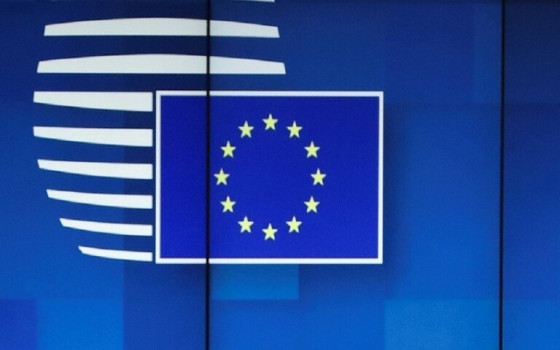
New European rules on marketing standards for honey, fruit juices, jams and milk

- Europe and Arabs
- Thursday , 1 February 2024 14:2 PM GMT
Brussels: Europe and the Arabs
The European Commission in Brussels welcomed the political agreement reached today, Thursday, by the European Parliament and the member states of the European Council, to review and strengthen the current marketing standards applied to honey, fruit juices, jams and milk. It establishes common rules on the composition, sales names, labeling and presentation of these products to ensure their free movement within the internal market and to help consumers make informed choices.
The revised guidance approved by participating lawmakers will introduce the following changes:
Mandatory labeling of honey: The countries of origin of honey blends must appear on the label in descending order with the percentage share of each origin. Member States will have the flexibility to require percentages for the four largest stocks only when they represent more than 50% of the mix. The committee was mandated by participating legislators to introduce harmonized analysis methods for detecting honey adulteration with sugar, a uniform methodology for tracing the origin of honey and standards to ensure that honey is not overheated when sold to the final consumer. A platform will be established to advise the Committee on these matters. This would reduce fraudulent practices and increase the transparency of the food chain.
Innovation and market opportunities for fruit juices in line with new consumer demands: Three new categories will be available: “Low Sugar Fruit Juice”, “Low Sugar Fruit Juice from Concentrate” and “Low Sugar Fruit Juice Concentrate”. This way, consumers can choose juice that contains at least 30% less sugar. It would be possible for fruit juices to state on their labels that “fruit juices contain only natural sugars” to make it clear that, unlike fruit nectars, fruit juices by definition cannot contain added sugars – a feature that most consumers are unaware of.
Mandatory higher fruit content in jams: Increasing the minimum fruit content in jams (from 350 to 450 grams per kilo) and in additional jams (from 450 to 500 grams per kilo) will improve the minimum quality and reduce the sugar content of jams. These products are for consumers in the European Union. Member States will be permitted to license the term “marmalade” as a synonym for “jam,” taking into account the name commonly used locally for these products. The term "marmalade" was until now only permissible for citrus jams.
Simplified milk labeling: The distinction between “evaporated” and “condensed” milk will be removed, in line with Codex standards. Lactose-free milk powder will also be allowed.
The participating legislators also assigned the authority to evaluate ways to inform consumers, during the next three years, about the origin of the fruits used in the production of juices and jams.
The political agreement reached by the European Parliament, the Council and the Commission is now subject to formal approval by the participating legislators. From their entry into force 20 days after the publication of the final text, Member States will have 18 months to transpose the new provisions into national law and a further 6 months before they can be applied throughout the Union.
EU marketing standards are designed to ensure that product quality remains high, consumers are protected, and standards are consistent within the EU market. It also facilitates trade with third countries because it conforms to standards that have been in place at the international level since the 1950s. Over the past decade, agricultural markets have evolved dramatically, driven by innovation but also by changing societal concerns and consumer demand.
In order to be placed on EU markets and sold to consumers, most agri-food products must comply with EU marketing standards or standards established internationally. Marketing standards relate to the external qualities of products and to invisible qualities that result from specific production processes, such as fruit content in jams. It applies equally to both EU and imported products.




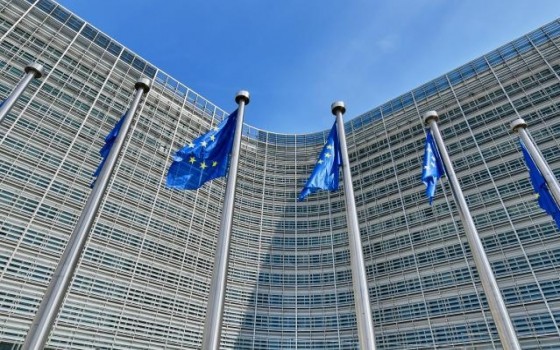
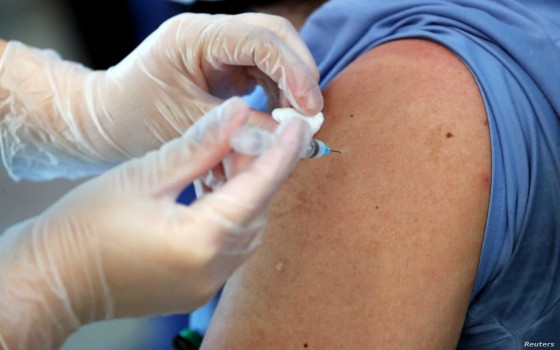
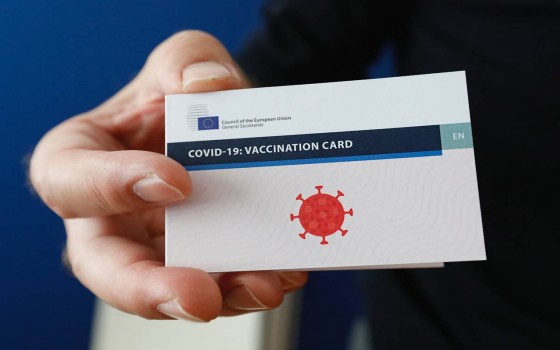


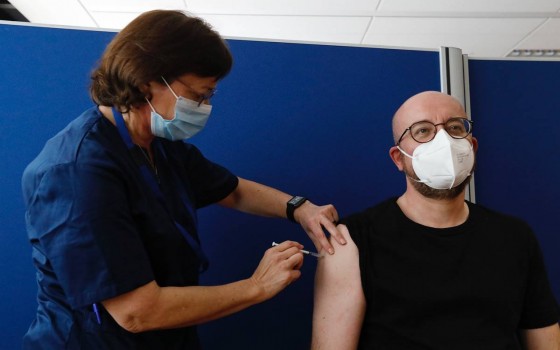


No Comments Found